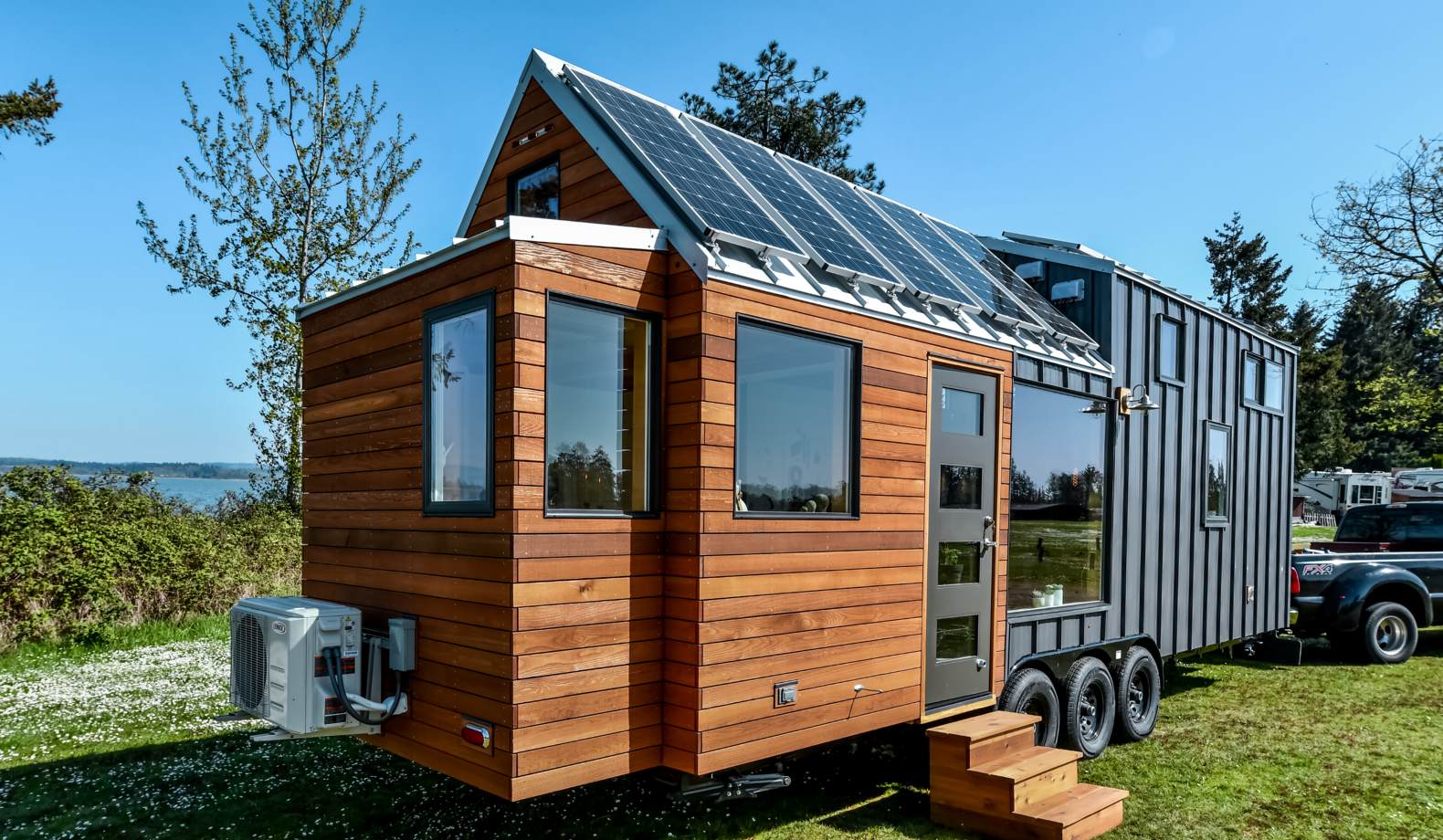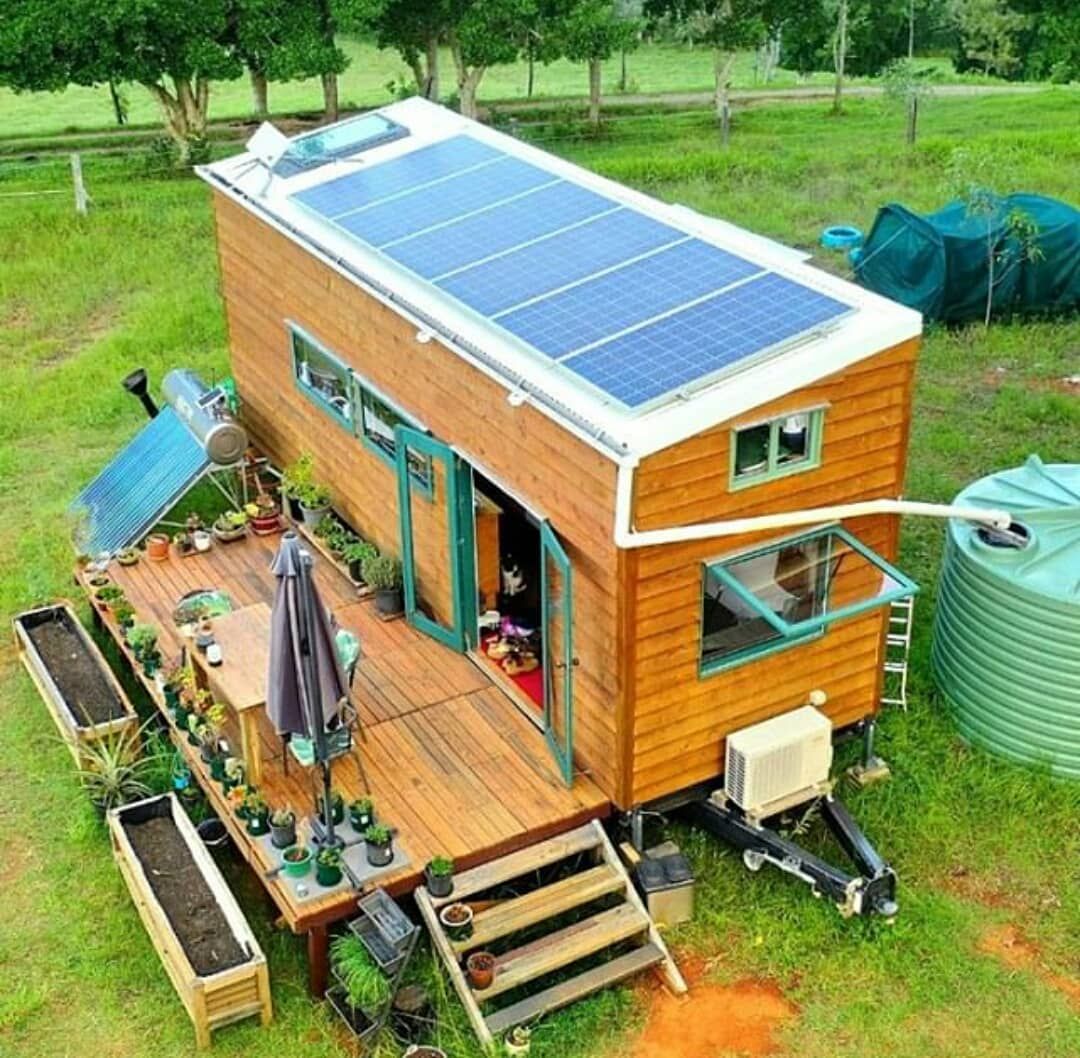10 Sep Keep It Green-3 Trends for Environmentally Friendly Tiny Homes in 2020
One of the most talked-about benefits of tiny living includes the environmental benefits of small houses. The drastic reduction in the environmental footprint of a tiny house can not only benefit the earth but also save impressive amounts of money for the tiny home owner. Here are a few trends that will keep your tiny house green in 2020.
Choose Environmentally Friendly Building Products for Your Tiny Home
If you do decide to build your own tiny home or hire a contractor, make sure you go with one who uses sustainable practices, and re-use as many things as possible.
The right building materials must be chosen for your home. Using efficient materials will help to cut costs and cut down on energy consumption. Some of the most environmentally-friendly materials for home construction include:
BambooRecycled steel
Straw
Sheep’s wool (for insulation)
Precast concrete
“Using materials that are more environmentally friendly reduces the dependence on nonrenewable resources, like natural gas and oil. Using natural materials for insulation will also help to lower your energy bills each month,” stated EMagazine.
Create A Solar-Ready Tiny House

Many people assume using the sun’s energy to replace common electricity use is as simple as slapping a few low budget panels on the roof of your tiny and magically your house will run like you are the Jetson’s living in an episode of Little House on the Prairie. Unfortunately, it isn’t that simple.
However, with a little bit of research and the right gear, you can solar power the important items in your small house with an upfront investment that will save you boatloads of cash and environmental output in the long-run. The average tiny house saves over $7000 in the years that follow its installation. According to the EPA, nearly 40% of all energy consumed in the United States is used to generate electricity. Just imagine if even a tenth of our population downsized and implemented solar power for even a fraction of their energy consumption!
Consider Rain Catchment for Tiny House Water
 Rain catchment systems can be as primitive as DIY, pieced together PVC pipes to as technical as systems sold by professionals. Not only does using these types of water use help to lower your impact as a water consumer in many areas that experience harsh droughts, but they also benefit the environment by:
Rain catchment systems can be as primitive as DIY, pieced together PVC pipes to as technical as systems sold by professionals. Not only does using these types of water use help to lower your impact as a water consumer in many areas that experience harsh droughts, but they also benefit the environment by:• Protecting the area’s watershed
• Fire-proofs your garden
• Reduces carbon footprint
• Maintains healthy soil
• Mitigates impacts of climate change
• Utilizes recycled materials with certain systems

Sorry, the comment form is closed at this time.